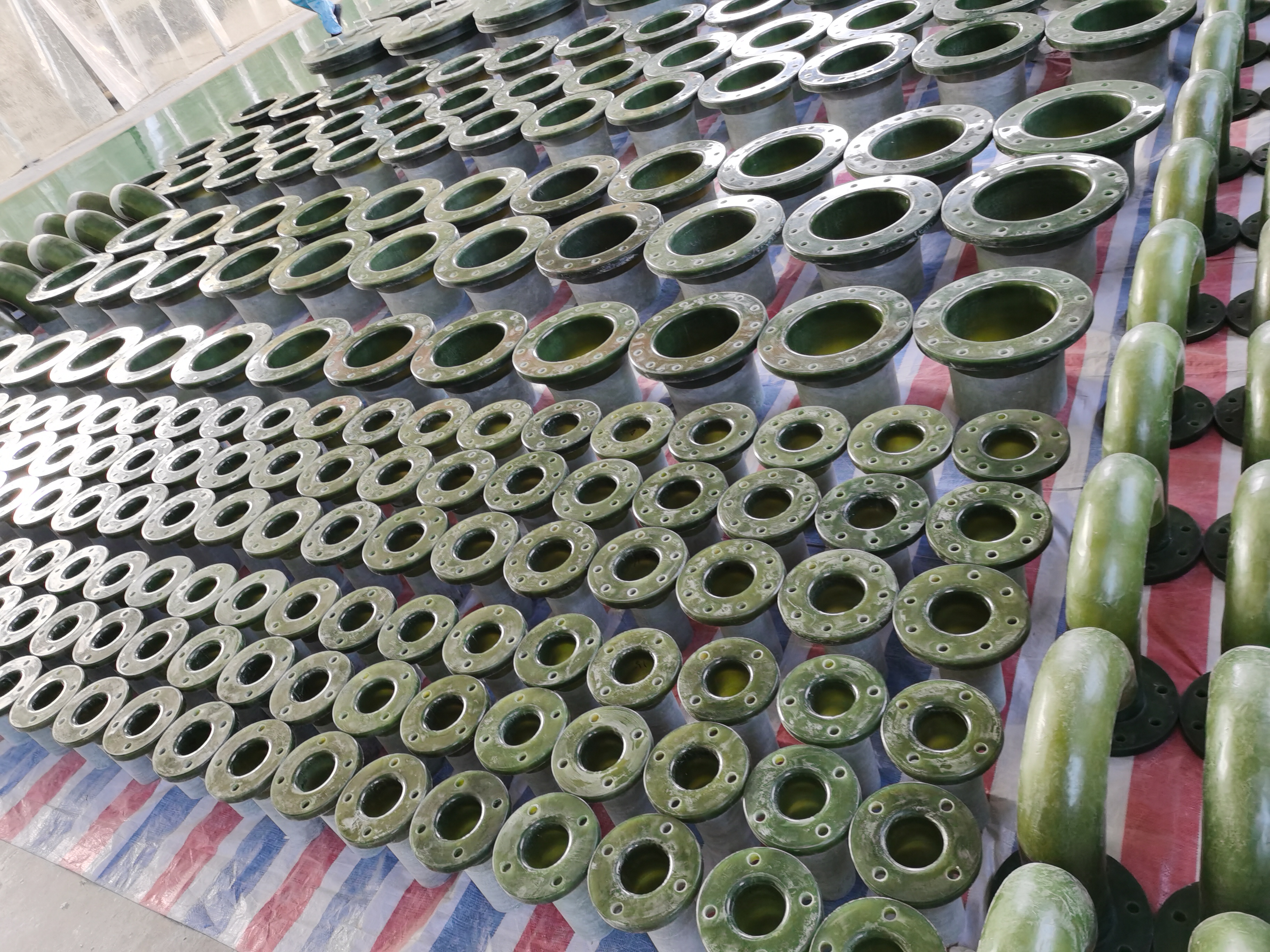
-
 Afrikaans
Afrikaans -
 Albanian
Albanian -
 Amharic
Amharic -
 Arabic
Arabic -
 Armenian
Armenian -
 Azerbaijani
Azerbaijani -
 Basque
Basque -
 Belarusian
Belarusian -
 Bengali
Bengali -
 Bosnian
Bosnian -
 Bulgarian
Bulgarian -
 Catalan
Catalan -
 Cebuano
Cebuano -
 China
China -
 China (Taiwan)
China (Taiwan) -
 Corsican
Corsican -
 Croatian
Croatian -
 Czech
Czech -
 Danish
Danish -
 Dutch
Dutch -
 English
English -
 Esperanto
Esperanto -
 Estonian
Estonian -
 Finnish
Finnish -
 French
French -
 Frisian
Frisian -
 Galician
Galician -
 Georgian
Georgian -
 German
German -
 Greek
Greek -
 Gujarati
Gujarati -
 Haitian Creole
Haitian Creole -
 hausa
hausa -
 hawaiian
hawaiian -
 Hebrew
Hebrew -
 Hindi
Hindi -
 Miao
Miao -
 Hungarian
Hungarian -
 Icelandic
Icelandic -
 igbo
igbo -
 Indonesian
Indonesian -
 irish
irish -
 Italian
Italian -
 Japanese
Japanese -
 Javanese
Javanese -
 Kannada
Kannada -
 kazakh
kazakh -
 Khmer
Khmer -
 Rwandese
Rwandese -
 Korean
Korean -
 Kurdish
Kurdish -
 Kyrgyz
Kyrgyz -
 Lao
Lao -
 Latin
Latin -
 Latvian
Latvian -
 Lithuanian
Lithuanian -
 Luxembourgish
Luxembourgish -
 Macedonian
Macedonian -
 Malgashi
Malgashi -
 Malay
Malay -
 Malayalam
Malayalam -
 Maltese
Maltese -
 Maori
Maori -
 Marathi
Marathi -
 Mongolian
Mongolian -
 Myanmar
Myanmar -
 Nepali
Nepali -
 Norwegian
Norwegian -
 Norwegian
Norwegian -
 Occitan
Occitan -
 Pashto
Pashto -
 Persian
Persian -
 Polish
Polish -
 Portuguese
Portuguese -
 Punjabi
Punjabi -
 Romanian
Romanian -
 Russian
Russian -
 Samoan
Samoan -
 Scottish Gaelic
Scottish Gaelic -
 Serbian
Serbian -
 Sesotho
Sesotho -
 Shona
Shona -
 Sindhi
Sindhi -
 Sinhala
Sinhala -
 Slovak
Slovak -
 Slovenian
Slovenian -
 Somali
Somali -
 Spanish
Spanish -
 Sundanese
Sundanese -
 Swahili
Swahili -
 Swedish
Swedish -
 Tagalog
Tagalog -
 Tajik
Tajik -
 Tamil
Tamil -
 Tatar
Tatar -
 Telugu
Telugu -
 Thai
Thai -
 Turkish
Turkish -
 Turkmen
Turkmen -
 Ukrainian
Ukrainian -
 Urdu
Urdu -
 Uighur
Uighur -
 Uzbek
Uzbek -
 Vietnamese
Vietnamese -
 Welsh
Welsh -
 Bantu
Bantu -
 Yiddish
Yiddish -
 Yoruba
Yoruba -
 Zulu
Zulu
frp damper
Understanding FRP Dampers Enhancing Structural Integrity
Fiber-Reinforced Polymer (FRP) dampers are advanced materials used in civil engineering to improve the resilience and performance of structures under dynamic loads, such as earthquakes and wind. These dampers are designed to dissipate energy, reducing the stress and strain on buildings and bridges during seismic events, making them an essential component in modern construction.
Understanding FRP Dampers Enhancing Structural Integrity
FRP dampers are also resistant to corrosion, which significantly enhances their longevity compared to steel or concrete alternatives. This resistance is crucial in environments exposed to moisture, chemicals, or saline conditions, making FRP dampers an excellent choice for coastal buildings or structures in industrial areas. Their durability reduces maintenance costs and extends the lifespan of structures, an essential factor in project budgeting and sustainability.
frp damper

The versatility of FRP dampers allows them to be tailored for specific applications. They can be designed to absorb varying amounts of energy, depending on the intended use. For instance, in high-rise buildings, specially engineered FRP dampers can adapt to the unique dynamic responses caused by wind and seismic activities, ensuring that the structure remains stable and secure. Moreover, these dampers can be integrated with smart technology, enabling real-time monitoring of structural health and performance.
In addition to their technical benefits, the use of FRP dampers promotes sustainability in construction. By reducing the amount of material required and minimizing maintenance needs, these dampers contribute to lowering the overall environmental footprint of projects. The shift towards incorporating FRP technology signifies a forward-thinking approach in civil engineering, aligning with global sustainability goals.
In conclusion, FRP dampers represent a significant advancement in the field of structural engineering. Their unique properties—lightweight, corrosion-resistant, and adaptable—position them as superior alternatives to traditional damping systems. As more engineers and architects recognize their benefits, the adoption of FRP dampers is expected to grow, leading to safer, more resilient structures capable of withstanding the challenges of a changing environment.
Latest news
-
High-Quality Fiberglass Car Bodies Durable GRP Car & Boat Body SolutionsNewsJul.08,2025
-
High-Quality Fiberglass Dual Lamination Product Manufacturer Durable FRP & GRP Dual Lamination SolutionsNewsJul.08,2025
-
Rectangular Tank with Dimensions for GRP Calculation Custom Fiberglass GRP Rectangular TanksNewsJul.07,2025
-
High-Quality Fiberglass Weir Custom FRP Weir & Fiberglass Tanks ManufacturerNewsJul.07,2025
-
CPVC FRP Pipe A Reliable Choice for Industrial Applications High Strength & Corrosion ResistanceNewsJul.07,2025
-
Fiberglass Scrubber for Effective Cleaning and Stain Removal – Superior Performance in Various ApplicationsNewsJul.06,2025









